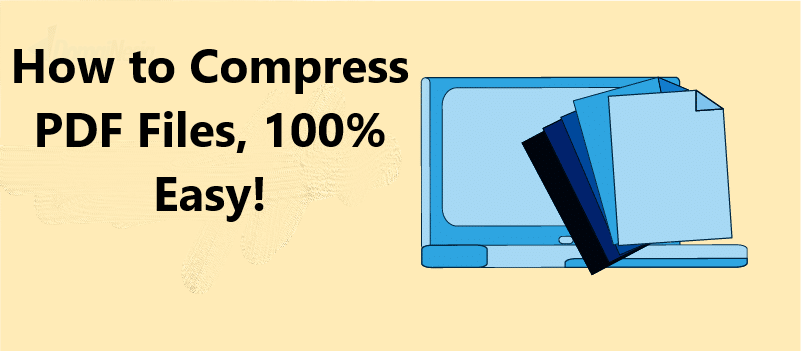

Compress Video Without Losing Quality in VideoProc Converter
HOW TO COMPRESS A VIDEO FOR EMAIL ON ANDROID HOW TO
Keep this in mind, and we can start the tutorial on how to make a video into a smaller size with minimal quality loss. The rule of thumb is to use the most effective way to re-encoding the video file and keep the resolution, bitrate, and frame rate to a reasonable range. Simply put, compressing video files without losing quality is actually a tradeoff between the file size and the image quality. It is capable of reducing video files by 50% while keeping the same quality, compared with its predecessor H.264/AVC. So today, we are focusing on a universal one, H.265/HEVC. At present, the most efficient video codec is H.266/VVC, but it hasn't been adopted into practice. And the video encoding tech is still in progress. Efficient encoders can save more average bitrate, thus make video size smaller.Ĭoding scheme: The way of how a video is compressed. The higher the frame rate, the smoother the video and the larger file size.īitrate: It shows how many bits of data are output from the video per second. The higher resolution, the more pixels with color and luminance info (bit depth), thus better video quality, of course, larger size.įrame rate: It means how many frames are delivered in one second in a video. Resolution: The number of horizontal and vertical pixels in one frame. Now let me explain these factors one by one. And the process of video playback or sharing involves encoding and decoding. Most videos we use are compressed in some way to shrink redundant info. We can tell from the formula that, for a raw video of a certain length, its size was determined by the frame rate, the resolution, and the bit depth. Video file size = Time (sec) x Frames per Second (fps) x Pixels per Frame (resolution) x Bit Depth Factors That Determine Video File Size and Quality In the first place, to get a better understanding of how to reduce file size without losing quality, we should figure out what factors are affectting the size and quality of a video. What we can do is to minimize the quality loss while decreasing the file size.

So when we want to release the storage or share a video via Instagram, Facebook, or Twitter, we have to compress it into a smaller size.īut here comes another headache - How to compress video files without losing quality? Actually, compression is a process to reduce data stored in the file, thus, unavoidably, causes quality loss. A 10-min 4K video shot by iPhone 11 takes up 3.9GB. But we all know it is at the cost of sacrificing much storage space. With the fast growth of 8K and UHD 4K DSLRs, drones, action cameras, and smartphones, it is not rocket science for average people to capture high-quality videos.


 0 kommentar(er)
0 kommentar(er)
